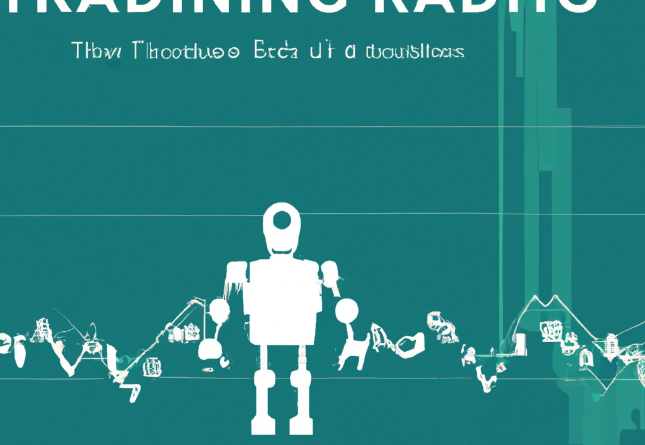Algorithmic Trading Strategies: A Comprehensive Overview of Trend Following, Mean Reversion, and Breakout Strategies
Introduction:
Algorithmic trading, powered by sophisticated trading robots, has become increasingly popular in financial markets. These automated systems employ various strategies to identify trading opportunities and execute trades swiftly and efficiently. In this article, we will provide a comprehensive overview of three prominent algorithmic trading strategies: trend following, mean reversion, and breakout strategies. Understanding these strategies will equip traders with valuable insights into the methodologies employed by trading robots.
Trend Following Strategy:
The trend following strategy is one of the most widely used algorithmic trading strategies. It aims to capitalize on sustained price movements in a particular direction. Trading robots employing this strategy identify trends by analyzing historical price data, such as moving averages or trend indicators. When a significant trend is detected, the trading robot enters a trade in the direction of the trend, either buying in an uptrend or selling in a downtrend. The strategy assumes that the trend will continue, allowing traders to ride the wave and profit from extended price movements. Stop-loss orders are typically employed to limit potential losses in case the trend reverses.
Mean Reversion Strategy:
In contrast to trend following, the mean reversion strategy assumes that prices tend to revert to their mean or average over time. This strategy relies on the belief that after experiencing significant price deviations, an asset’s price will eventually return to its average value. Trading robots employing mean reversion strategies monitor the price of an asset and identify instances where it deviates from its mean, usually measured using statistical tools like Bollinger Bands or the relative strength index (RSI). When an asset’s price deviates significantly, the trading robot enters a trade with the expectation that the price will revert back to its mean. This strategy often involves short-term trades, aiming to profit from temporary price imbalances.
Breakout Strategy:
The breakout strategy focuses on identifying periods of price consolidation or range-bound trading and aims to profit from the subsequent breakout or trend continuation. Trading robots employing this strategy monitor price patterns, such as support and resistance levels or chart patterns like triangles or rectangles. When the price breaks out of the established range, indicating a potential trend formation, the trading robot enters a trade in the direction of the breakout. This strategy seeks to capture the initial surge in price momentum following a breakout and can be employed in both short-term and long-term trading.
Conclusion:
Algorithmic trading strategies offer traders the ability to automate their trading decisions and capitalize on market opportunities swiftly and efficiently. Trend following, mean reversion, and breakout strategies are three commonly employed approaches. Trend following strategies aim to profit from sustained price movements, while mean reversion strategies capitalize on price mean reversions. Breakout strategies focus on capturing the emergence of new trends following periods of consolidation. Understanding these strategies provides traders with valuable tools to develop or implement algorithmic trading systems successfully.
It’s worth noting that the effectiveness of these strategies may vary depending on market conditions, and careful risk management is essential. Traders should consider factors such as asset selection, timeframes, and the integration of additional indicators to fine-tune the strategies according to their preferences and risk tolerance.
By staying informed about market trends, monitoring performance, and continually optimizing trading algorithms, traders can increase the chances of success when employing these algorithmic trading strategies.



